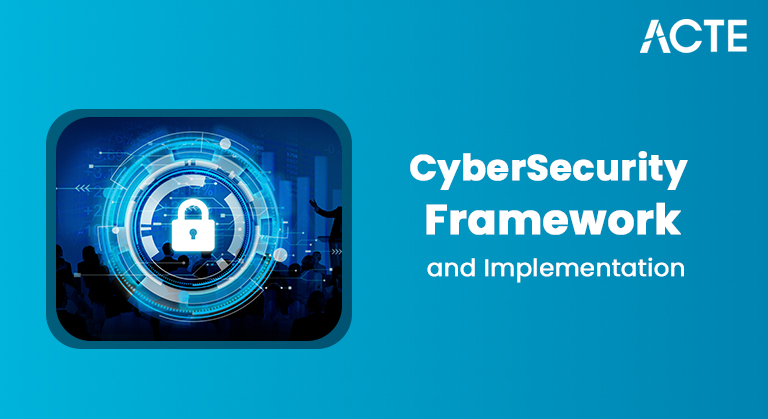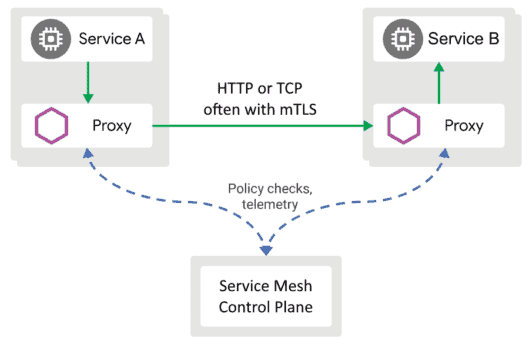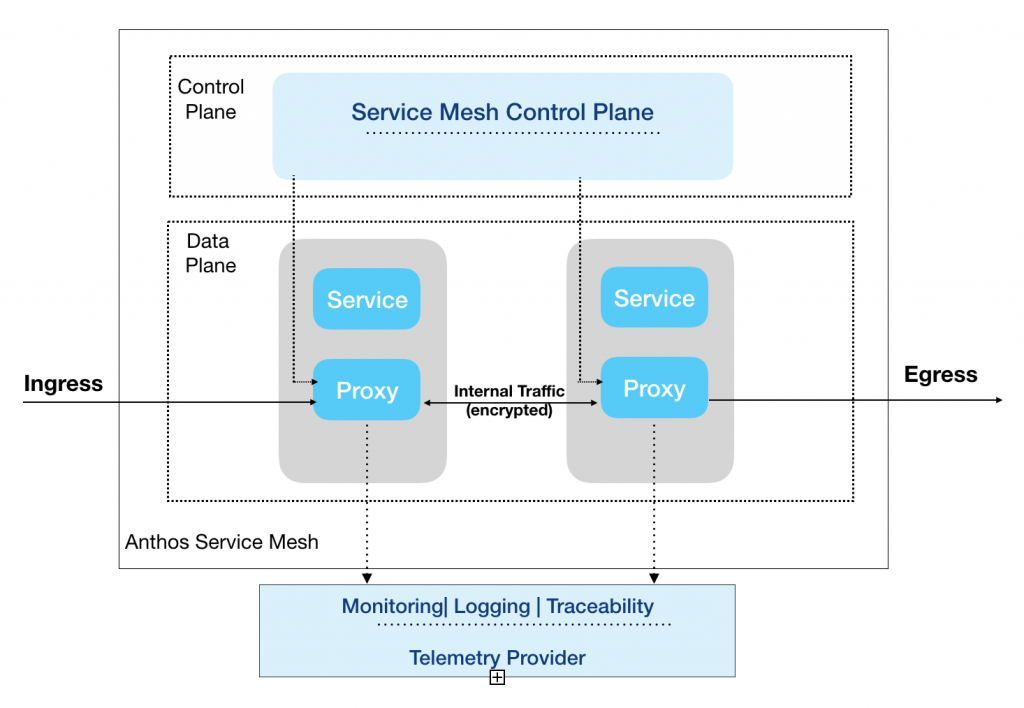
- What is a Service Mesh?
- Key Components of a Service Mesh
- Benefits of Using a Service Mesh
- Popular Service Mesh Solutions (Istio, Linkerd)
- Service Mesh vs. API Gateway
- How to Implement Service Mesh in Microservices
- Conclusion
A service mesh is an infrastructure layer that manages communication between microservices within an application. It provides a set of tools for monitoring, controlling, and securing traffic between services, ensuring reliability and scalability. The service mesh typically handles concerns like load balancing, service discovery, authentication, authorization, and traffic encryption, often without requiring changes to the application code itself, which is a key topic covered in a Cloud Computing Course. By decoupling these tasks from the individual services, a service mesh simplifies the management of complex microservice architectures, enhancing security, observability, and fault tolerance. Popular service mesh solutions include Istio, Linkerd, and Consul, which help organizations streamline their microservices communication and improve overall application performance.
To Earn Your Cloud Computing Certification, Gain Insights From Leading Cloud Computing Experts And Advance Your Career With ACTE’s Cloud Computing Online Course Today!
What is a Service Mesh?
A service mesh is a dedicated infrastructure layer that facilitates secure, fast, and reliable communication between microservices in a distributed system. It acts as a communication layer that manages the interaction between services, providing functionalities such as load balancing, traffic routing, service discovery, and monitoring without the need for each service to handle these concerns individually. In a microservices architecture, services often need to communicate with each other, but managing this communication manually can become complex, especially when there are many services interacting with each other, highlighting the Public Cloud Benefits, Challenges, and Use Cases. A service mesh abstracts this complexity, allowing developers to focus on writing the business logic, while the mesh takes care of the operational aspects of communication between services. Furthermore, it enhances security by managing authentication and encryption across services. With a service mesh in place, teams can ensure better resilience, making systems more fault-tolerant and reliable even during high-traffic periods.
Key Components of a Service Mesh
A service mesh typically consists of the following key components:
- Data Plane: The data plane is responsible for the actual communication between services. It consists of lightweight proxies (often called sidecars) that are deployed alongside each microservice. These proxies intercept and manage all inbound and outbound traffic between services. They handle tasks like traffic routing, load balancing, encryption, and retries.
- Control Plane: The control plane is responsible for managing the configuration and policies of the service mesh. It provides a centralized location to define the routing rules, security policies, and observability settings for the mesh. The control plane communicates with the proxies in the data plane to enforce these policies.
- Proxy: Proxies (usually sidecars) are deployed alongside each service instance. They manage the traffic between microservices, ensuring that communication is secure, reliable, and observable, which is an important consideration when comparing the roles of a DevOps Engineer vs Cloud Engineer. Some popular proxy implementations include Envoy, which is used by Istio and other service mesh frameworks.
- Service Registry: The service registry is responsible for maintaining a dynamic list of all the services in the mesh. It tracks which services are running, their locations (IP addresses), and their health status. This registry is used by the control plane to manage service discovery and traffic routing.
- Telemetry and Observability: Service meshes provide built-in observability, which includes metrics, logging, and tracing of requests as they pass through the system. This helps developers and operations teams monitor the health, performance, and reliability of microservices.
- Fine-grained traffic control and routing
- Automatic service discovery and load balancing
- Mutual TLS encryption for secure communication
- Comprehensive observability through integration with tools like Prometheus, Grafana, and Jaeger
- Policy enforcement and rate limiting Linkerd:
- Lightweight and performance-oriented
- TLS encryption between services
- Service discovery and load balancing
- Metrics and observability with minimal overhead
- Focus on simplicity and user-friendly installation Consul Connect:
- Integrated service discovery and mesh capabilities
- Automated mTLS encryption for secure communication
- Centralized configuration and health monitoring
- Integration with HashiCorp’s broader ecosystem AWS App Mesh:
- Integration with AWS services like ECS and EKS
- Built-in monitoring and observability through CloudWatch
- Simplified traffic routing and load balancing
- Automatic encryption with mTLS
- Handles internal service-to-service communication
- Provides traffic management (e.g., load balancing, retries, circuit breaking)
- Focuses on infrastructure-level concerns, such as encryption and observability
- Ensures resiliency and fault tolerance across services API Gateway:
- Manages external requests from users or clients
- Provides functionalities like authentication, authorization, and rate limiting
- Acts as a reverse proxy, routing requests to appropriate services
- Aggregates responses from multiple services and returns them to the client Comparison:

Interested in Obtaining Your Cloud Computing Certificate? View The Cloud Computing Online Course Offered By ACTE Right Now!
Benefits of Using a Service Mesh
A service mesh offers several benefits for organizations, especially in environments with microservices architectures. It improves security by handling encryption, mutual TLS (mTLS), and identity management across microservices, ensuring that communication is secure and service identities are authenticated automatically. Traffic management is simplified, allowing for sophisticated routing techniques like A/B testing, blue-green deployments, canary releases, and traffic splitting, which aid in gradual rollouts and enhance fault tolerance. With features like retries, circuit breaking, timeouts, and load balancing, a service mesh ensures resilience and fault tolerance, preventing failures in one service from affecting others. Service discovery is automated, allowing services to be registered and discovered in dynamic, cloud-native environments, ensuring that requests reach the correct destination. Observability is enhanced with comprehensive metrics, tracing, and logs, enabling real-time tracking of performance, anomaly detection, and efficient troubleshooting, which is crucial for Optimizing AWS Performance & Costs. By decoupling communication concerns, developers can focus on building business logic, improving code maintainability and reducing operational complexity. Moreover, implementing a service mesh can optimize scalability, allowing organizations to manage increasing traffic and system complexity while maintaining high performance and reliability. As microservices environments grow, a service mesh becomes crucial for ensuring that services can scale without sacrificing security or performance. It reduces the complexity of managing service-to-service communication, ensuring efficient monitoring and troubleshooting while minimizing manual intervention. Additionally, service meshes facilitate centralized policy enforcement, ensuring that security and traffic management policies are applied consistently across all services. This holistic approach enhances the overall system’s ability to adapt to changing demands.
Popular Service Mesh Solutions
There are several popular service mesh solutions, each with its own unique features and strengths. Some of the most well-known options include:
Istio:Istio is one of the most widely used and feature-rich service meshes. It provides advanced traffic management, security, observability, and policy enforcement capabilities. Istio is highly extensible, and it uses Envoy as its default proxy.
Features:Linkerd is a lightweight, easy-to-use service mesh that focuses on simplicity and performance. It offers essential service mesh features such as load balancing, encryption, and observability, but with a simpler configuration compared to Istio.
Features:Consul is a popular service mesh solution that offers service discovery, monitoring, and infrastructure management, and integrates with a variety of tools, making it an important topic in a Cloud Computing Course. Consul Connect is its service mesh component that enables secure service-to-service communication, providing mTLS and traffic management.
Features:AWS App Mesh is a service mesh offered by Amazon Web Services, built to work natively with AWS environments. It helps manage microservice communication across AWS services, ensuring consistency in traffic routing, monitoring, and security.
Features:Are You Considering Pursuing a Cloud Computing Master’s Degree? Enroll For Cloud Computing Masters Course Today!
Service Mesh vs. API Gateway
While both a service mesh and an API gateway are used to manage communication in microservices architectures, they serve different purposes and function at different layers
Service Mesh:A service mesh operates at the service-to-service communication level within a microservices architecture. It provides deep capabilities for managing traffic, security, and observability between microservices, and is transparent to the users interacting with the services.
Key Features:An API gateway operates at the external communication layer, managing the ingress traffic from external clients (e.g., web browsers, mobile apps) to backend services. It handles request routing, authentication, rate limiting, and more, playing a key role in Unlocking Scalability with Cloud-Native Tech.
Key Features:Service Mesh is focused on internal service-to-service communication, while the API Gateway is focused on managing external client requests. Service mesh handles features like service discovery, load balancing, and observability, while the API gateway focuses on things like request aggregation, security, and traffic routing for clients.
How to Implement Service Mesh in Microservices
Implementing a service mesh in a microservices architecture involves several steps to ensure that services communicate effectively and securely. Here’s how you can implement a service mesh in a microservices environment,Select a service mesh solution based on your use case and infrastructure needs. Popular choices include Istio, Linkerd, Consul Connect, and AWS App Mesh. Deploy the control plane, which is responsible for managing configurations and policies. The control plane will connect to the proxies running in your microservices environment.

Deploy proxy sidecars alongside each microservice in your environment. These proxies handle communication between services and ensure security, load balancing, and monitoring, which aligns with the Cloud Computing Benefits, Challenges & Trends. Define the routing rules, traffic policies, and service discovery mechanisms within the service mesh. You can configure load balancing, retries, and timeouts to control how traffic flows between services. Set up mutual TLS (mTLS) encryption to secure communication between services. Implement authentication and authorization policies to ensure that only trusted services can communicate with each other. Enable observability features such as metrics, logging, and tracing. Use tools like Prometheus, Grafana, and Jaeger to monitor the performance and health of your microservices. Test the service mesh setup with a small number of services, then gradually scale it to cover all your microservices. Continuously refine configurations as your system grows.By following these steps, you can implement a service mesh to simplify communication, improve security, and enhance the reliability of your microservices architecture.
Preparing for a Cloud Computing Job Interview? Check Out Our Blog on Cloud Computing Interview Questions & Answer
Conclusion
In conclusion, a service mesh is a powerful solution for managing complex service-to-service communication in microservices environments. It offers robust traffic management, security, observability, and resilience, all while allowing developers to focus on building business logic. Implementing a service mesh in a Cloud Computing Course can significantly improve the scalability, security, and performance of microservices-based applications. By providing centralized control over service discovery, load balancing, and traffic encryption, service meshes like Istio, Linkerd, and Consul help optimize microservices architecture, ensuring seamless communication and enhanced operational efficiency.





